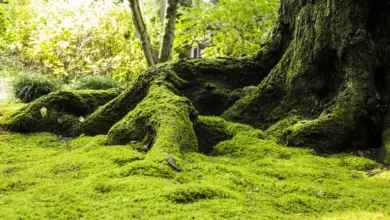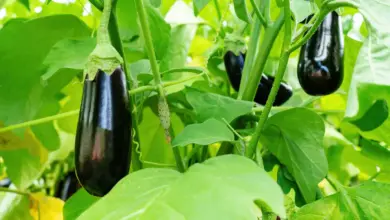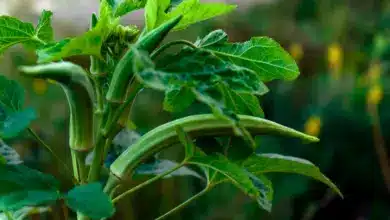My New BFF
What’s sparkles in the shade, is deer resistant, drought tolerant, smothers weeds, propagates easily but isn’t invasive, has hot pink berries in fall, and helps control soil erosion?
Let me introduce you to my new BFF (Best Foliage Friend) Blade of Sun snowberry (Symphoricarpos chenaultii ‘Blade of Sun’). You NEED this plant….
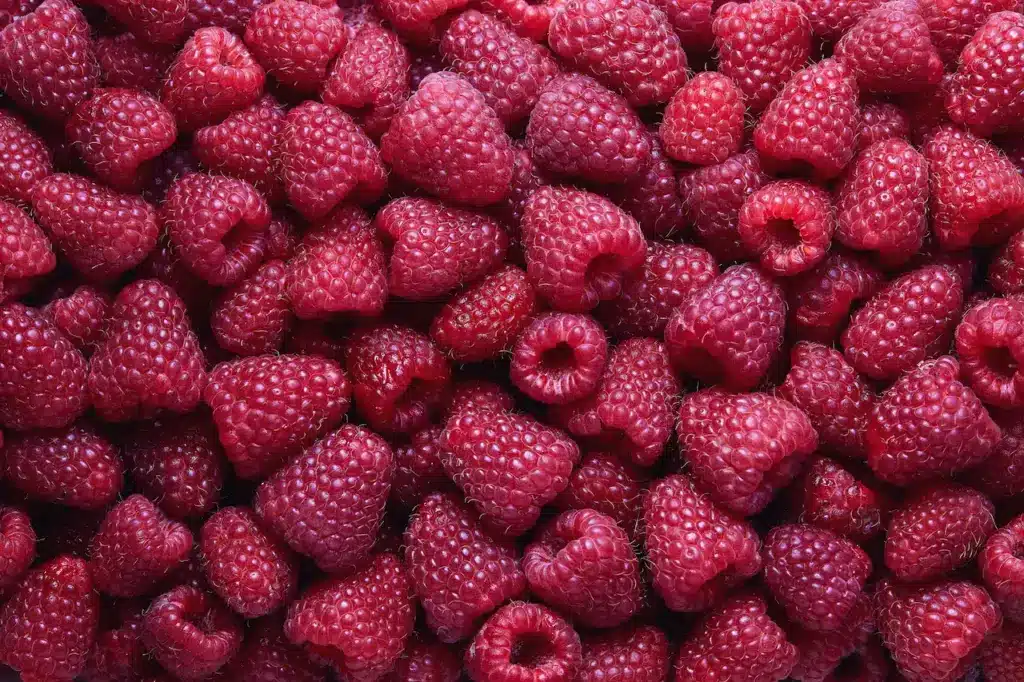
Why I Love It
It has a low growing, spreading habit and where the branches touch the ground new roots develop. You can sever this rooted branch from the mother plant to get more plants – it’s a really easy technique called layering except that this snowberry does all the work for you.
If it gets too wide simply snip away with the pruners. No special technique or timing is needed for success. Since the main plant will easily grow to 2′ wide – more as it layers – it makes sense to set it back from the edge of the border even though it is low growing.
The froth of golden foliage is easily trimmed to keep the path clear but tumbles down the stream bank, rooting even into the muddy soil of the stream itself! This plant is now almost 5′ wide from side to side and was planted three years ago.
The bright golden yellow foliage is semi-evergreen and holds its color well throughout the year although by mid-summer mine tends to be more chartreuse. It has proven to be drought tolerant in my woodland garden where it is planted in dappled shade and clay soil with no irrigation. A younger plant in more sun may need extra water and in the full sun of hotter climates, it may scorch.
I have never noticed the pink flowers and the berry production is not extensive – consider them a bonus because this shrub is really all about the leaves.
Design Ideas
This seasonal stream can fill to the top in winter but that never fazes the blue flowering bugleweed or snowberry.
I planted a Blade of Sun snowberry on my moderately steep stream bank to hold the soil in place. Its layering habit meant that this was so successful that last year I took several cuttings and planted them farther downstream to continue the splash of gold: I’m delighted with the look!
Catlin’s Giant bugleweed creates its own river of blue along the streambank in spring
Try inter-planting this with one of the larger bugleweeds e.g. Catlin’s Giant whose purple-black leaves offer striking contrast while the azure-blue flowering spikes easily penetrate the lax branches of the shrub. Classic blue and yellow – perfect recipe for spring.
Red Carpet barberry, Blade of Sun snowberry, and Catlin’s Giant bugleweed mingling and thriving together.
Red Carpet barberry (Berberis thunbergii ‘Red Carpet’) also has a prostrate habit and I have used several on the sunnier sections of the stream bank. I love their association with the golden yellow snowberry leaves. If barberries are invasive where you live to consider substituting with a dwarf loropetalum e.g. Purple Pixie or dwarf weigela e.g. Midnight Wine.
It may look like a box of crayons but this red-blue-yellow combo is grown up enough for enthusiastic gardeners of all ages.
In another part of the garden I have mixed Blade of Sun snowberry with several hostas and two rusted metal spheres which pick up on the tawny-pink stems of the shrub.
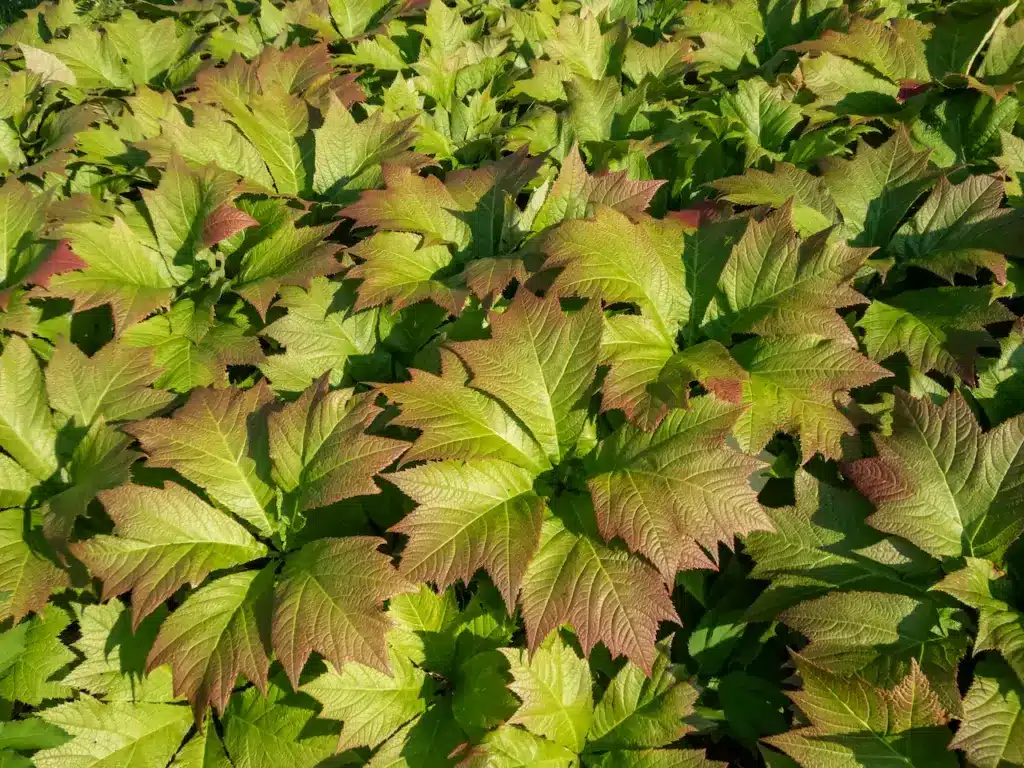
The bronze new growth of Rodgersia podophylla ‘Rotlaub’ offers a bold contrast to the other streamside plantings
In fact, this small golden leaf would work with everything from dissected fern and astilbe leaves to bold Rodgersia. Or just imagine how this splash of yellow would wake up the tired rhododendron border in summer and fall!
A different perspective; fun to repeat the gold color with Carex ‘Bowle’s Golden’ and oxslip blooms (Primula veris). Acer palmatum ‘Orangeola in the background.
What would YOU plant it with? Do leave a comment below or on Facebook – or tell me when I see you at the nurseries! Happy gardening.


